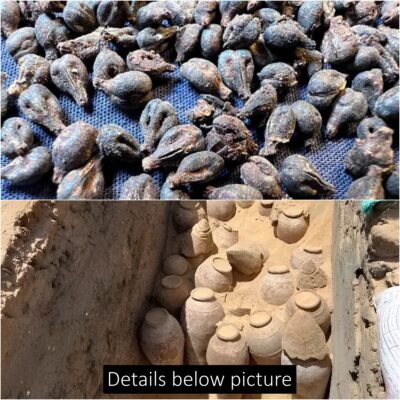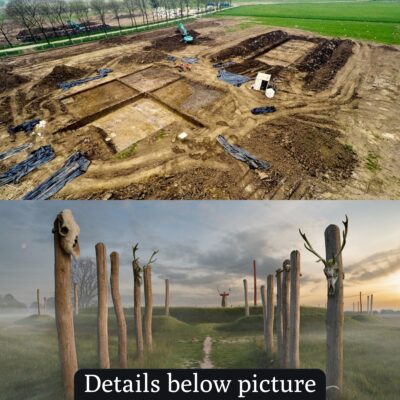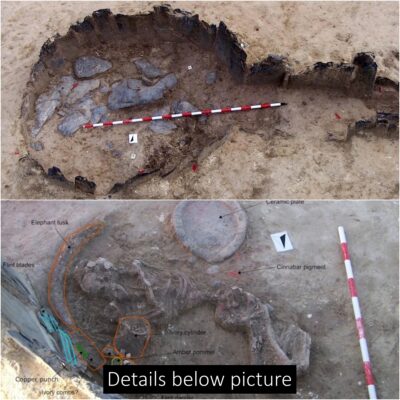‘Extremely rare’ Jurassic-era fossils discovered in Lake Powell
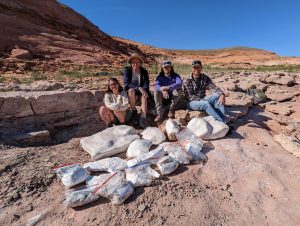
Tritylodonts, mid-sized mammal-related herbivores, roamed the area’s deserts 200m years ago
Scientists have discovered an “extremely rare” set of fossils at Lake Powell that the National Park Service (NPS) is calling one of the most important vertebrate discoveries in the US this year.
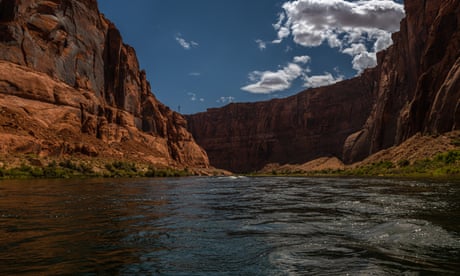
‘What are we willing to sacrifice?’ A journey down America’s most endangered river
The findings, revealed this week, include skulls and teeth from dozens of mid-sized, mammal-related herbivores called tritylodonts that once roamed the region’s vast desert. The bones lay hidden in the sandstone walls of the reservoir for roughly 180m years before a lucky discovery in March.
Andrew Milner, paleontologist and curator at the St George Dinosaur Discovery Site at Johnson Farm, first spotted a set of impressions close to the campsite he and other scientists were sharing along the shore this spring. With a short window of opportunity before snowmelt sent water levels surging, the scientists had only expected to find footprints.
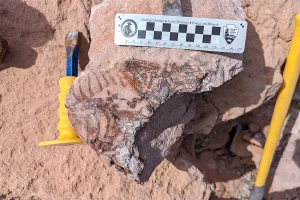
.
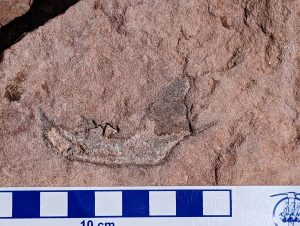
But when they broke through the sandstone ridge revealing the Jurassic-era skeletons, “I actually fell over with excitement,” Milner told the Salt Lake Tribune. “We were going crazy. We just couldn’t stop smiling the entire time.”
The newly uncovered trove may just be the beginning, as the reservoir’s receding water levels reveal new layers of rock that could hold clues to our understanding the past and the evolution of mammals.
“The towering geologic formations that surround Lake Powell are home to a vast suite of unexplored fossil remains, making Glen Canyon [national recreation area] one of the National Park Service’s most significant areas for paleontological research,” the NPS said. Etched by ancient rivers, lakes, streams and deserts millions of years ago, this region holds the remnants from one of the largest mass extinctions in Earth’s history.
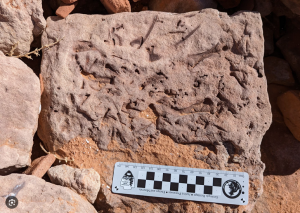
The climate crisis is making the area even drier, and water levels at the reservoir are expected to keep sinking. But this year, the Colorado River that feeds into Lake Powell was given a reprieve when snowmelt from a wet winter surged into the system. After spotting the fossils, scientists had to scramble to recover them, with just a 120-day window before the snowmelt again submerged the site.
Scientists will be combing through the hundreds of pounds of fossil-containing rock retrieved from this site for years, studying the puzzle pieces that could showcase how some animals survived conditions that caused others to perish. The fossils will also be held at the Prehistoric Museum in Price, Utah, as part of the Glen Canyon national recreation area museum collections.
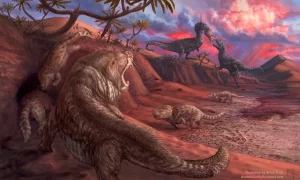
Tritylodonts, social animals that resembled rodents and lived in burrows together and dined on stems, leaves and roots, overlapped with dinosaurs. Their remains have been discovered around the world, and they survived through the Jurassic period into the Cretaceous.
But there’s lots more to learn about them, Milner said. He told reporters that this was one of the biggest finds of his career, and could be the start of far more discoveries. “We’ve only just really started breaking the surface.”
